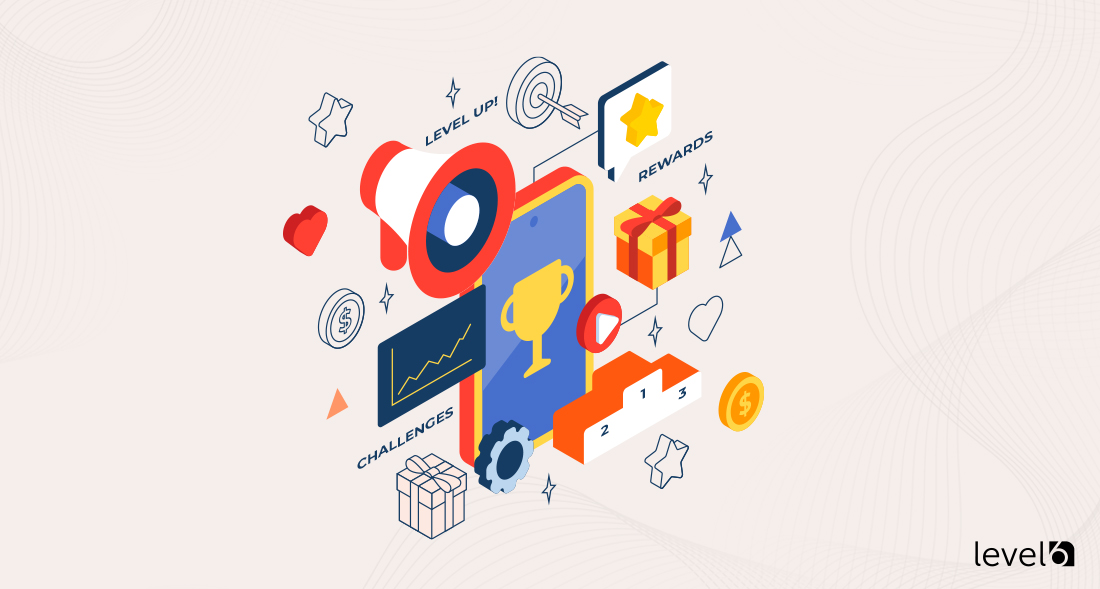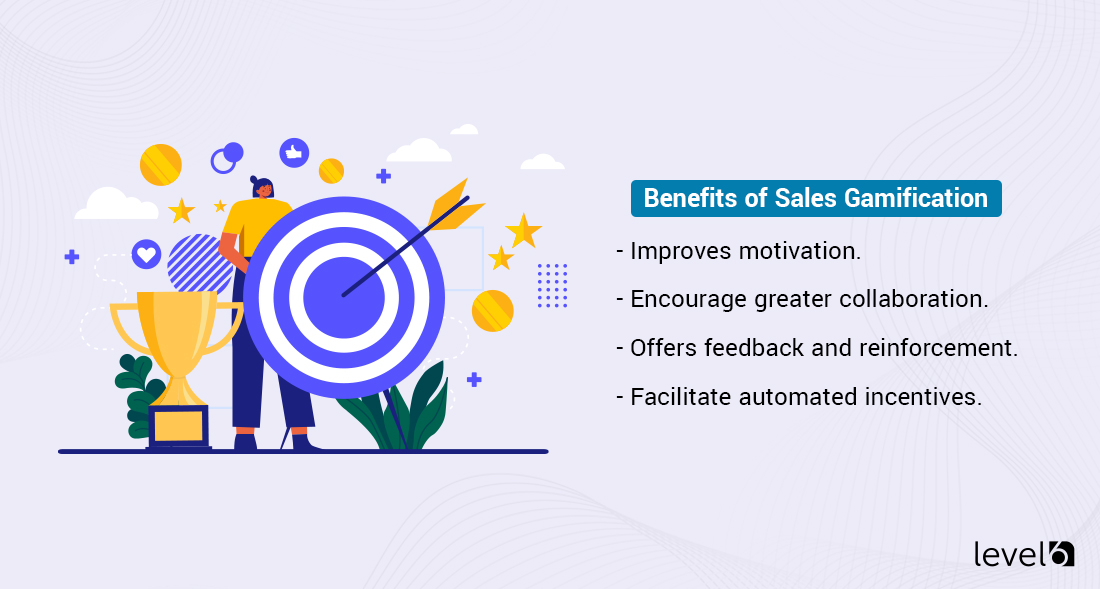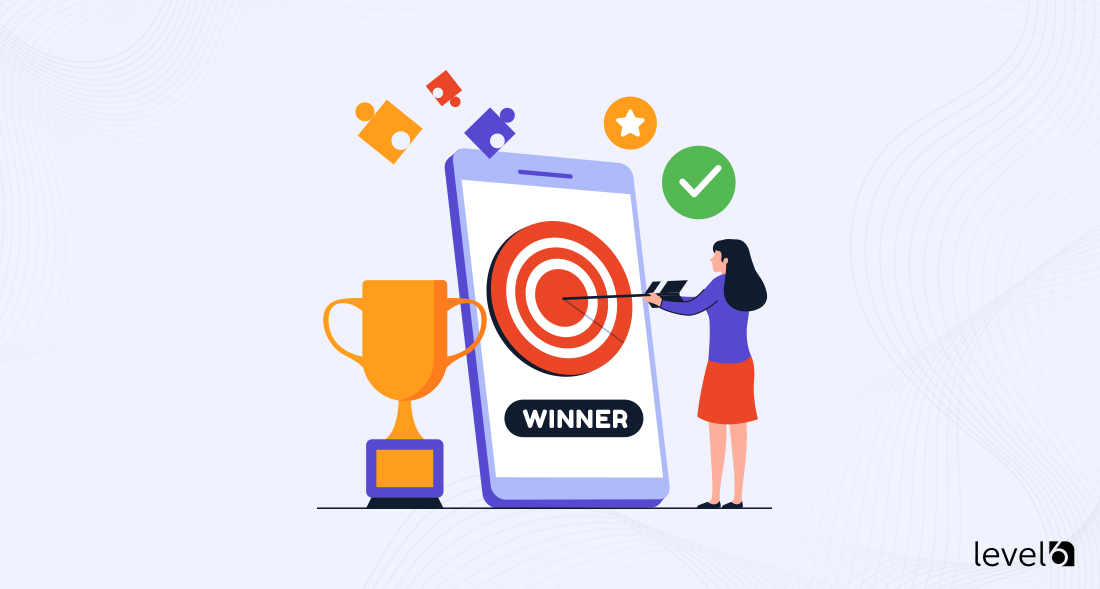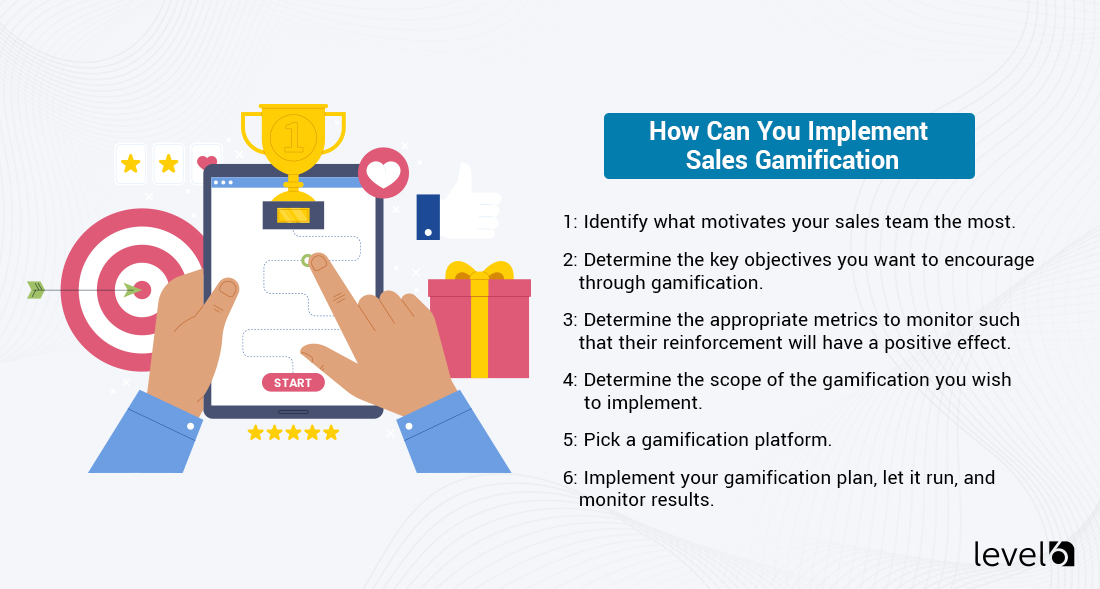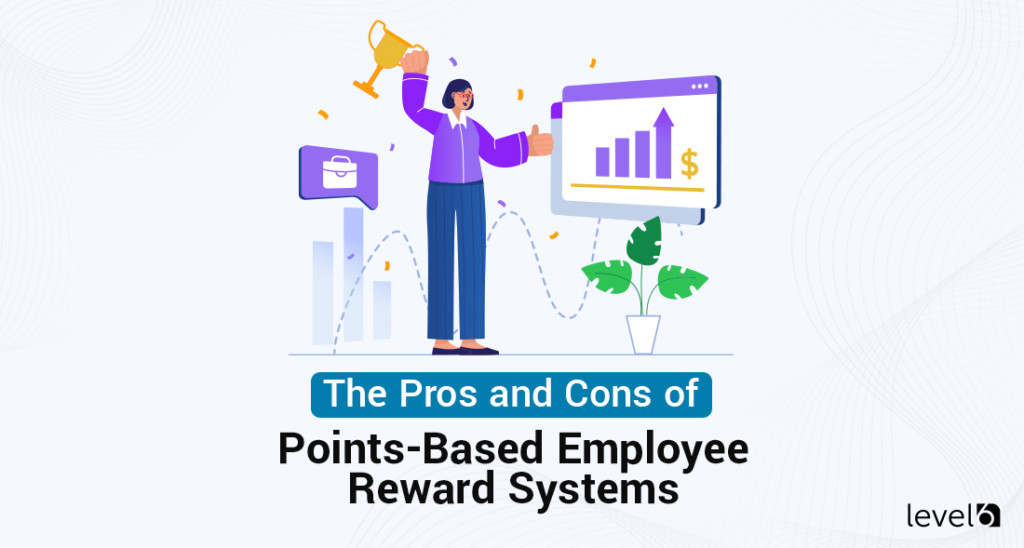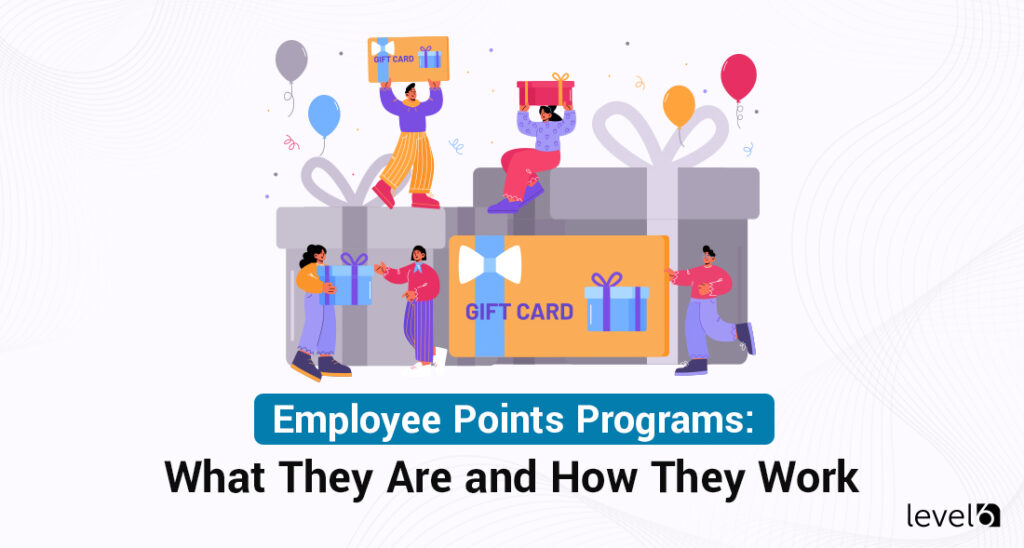If you’ve paid any attention to marketing or business over the last decade, you’ve probably heard the phrase “gamification” thrown around. These days, it has worked its way into nearly everything, including sales.
Sales gamification refers to the practice of taking aspects of game design and applying them to the sales process.
There are two steps to take when adding gamification to your sales strategy. First, analyze your sales team and find ways to encourage them. Then, determine how you will measure those changes so that you can figure out if gamification works for your business. Some companies use revenue as a measuring stick, but there are many other factors—like customer retention or average deal size—that could be equally beneficial in determining if a change was due to gamification or not.
It’s an innovative strategy with great potential but one that can also be risky if implemented incorrectly.
What are the core components of sales gamification? Is it worth implementing into your business? Does it work, and if so, how?
All that and more, starting below.
What is Gamification?
Gamification is the process of adding game-like elements to otherwise non-game tasks and processes. It’s a psychological technique that takes advantage of people’s inherent desire to compete, showcase skills and expertise, be ranked through an objective system, and engage with systems.
Game-like elements can be entire game structures involving rules, points, and competition. More often, it’s simply the addition of minor elements to an otherwise vanilla process to “jazz it up” and make it more engaging.
What constitutes game-like elements? Here are some examples:
Looking to learn more about an incentive, rebate
or reward program for your business?
Curious about costs?
Try our instant pricing calculator:
- Setting up leaderboards and awarding points based on completion of tasks to encourage more productivity.
- Awarding points and badges for either volume of tasks or specific tasks, similar to achievement/trophy systems.
- Creating “campaigns” that are progressed through by completing tasks relevant to the job.
Something as simple as the badges awarded to Reddit users by other users for good (or bad) posts can be a form of gamification.
What is Sales Gamification?
Sales gamification is, as you might expect, gamification that applies specifically to tasks relevant to sales processes.
Many sales processes are boring, tedious, unrewarding, and have a relatively low success rate. Things like cold calling, pitching a product, following up with potential leads, and pursuing qualified leads can all fall into these categories.
Thus, sales gamification uses gamification techniques to add a social incentive to participate in those business objectives – this might include:
- Assigning points for cold calls, more points for better outcomes, and establishing leaderboards for sales team members to compare their point totals.
- Assigning badges for sales behaviors, like closing deals and awarding them to team members who display mastery of those objectives.
- Allowing points to be spent or rewards to be earned through participation that employees can redeem for incentives.
Sales gamification is simply gamification applied to sales. It can be part of a greater form of gamification throughout your organization, or it can be limited to specifically those sales staff who need to be proactive for your business’s success.
Does Sales Gamification Work?
Yes! Gamification is a well-studied process at this point, and a large body of evidence shows that it works well when implemented correctly.
There are, however, risks to implementing gamification poorly, which we’ll get into later.
“Sales gamification psychology is rooted in a principle called operant conditioning. The concept involves using learned associations to determine the likelihood of a behavior occurring. Simply put, people are more likely to repeat behaviors that yield positive reinforcement – and avoid those that result in negative consequences. Such is that when you reward your sales reps for performing tasks that contribute to your organization’s success, they’re more likely to repeat them.” – Plecto
Here are a few critical statistics aggregated by HubSpot:
“89% of people say that gamification makes them more productive at work.
71% of employees believe that gamification leads to an increase in energy levels.
Employees at Microsoft are five times more engaged since implementing gamification.
Kenco implemented a sales gamification tool that gave them a 45% increase in bottom-line sales margin.”
Gamification isn’t as simple as assigning points for tasks and keeping track of a leaderboard on a whiteboard or an internal company website. A lot goes into setting up a proper gamification process. More on that later.
What Are the Benefits of Sales Gamification?
Gamification has several tangible benefits when applied correctly. However, the specific benefits can vary depending on your team environment, whether or not your sales team is competitive or collaborative, and the individual personalities involved.
1. Gamification improves motivation.
Leveraging competition to encourage business outcomes in a friendly way can greatly encourage engagement and motivation to succeed. Most sales teams are made up of competitive people with “type A” personalities – this is because gamification often taps into intrinsic forms of motivation, such as community status, competition and triumph, feedback, and a rewards system.
2. Gamification can encourage greater collaboration.
While one of the primary drivers of sales success is often competition, gamification can also foster a greater sense of community and collaboration. Gamification procedures like instant notifications can allow the team to celebrate the victories they all achieve. At the same time, seeing others succeed can encourage others to push for their wins as well. Leaders on your team can also become authorities, able to offer tips and guidance to those who aren’t as highly ranked on the leaderboards.
3. Gamification offers feedback and reinforcement.
Keeping your employees aligned with business objectives requires feedback and reinforcement of positive behaviors. However, in a typical office environment, feedback can be rare, often limited to monthly or quarterly reviews. Gamification processes can help institutionalize this feedback loop by delivering immediate rewards when positive behaviors are implemented.
4. Gamification can facilitate automated incentives.
When your sales team is pushing for individual or collaborative rewards, whether commissions or non-commission incentives, processing those achievements can be a significant amount of work for others in HR, payroll, and management. Gamification platforms, meanwhile, can often offer ways to automate and streamline these incentives. For example, attaching a financial incentive to a leaderboard achievement or attaching a store to the points your employees earn can be automated ways to provide tangible incentives.
Are There Risks to Sales Gamification?
Gamification is not a perfect process. It has a few risks, and they all have to do with implementing it incorrectly.
First and foremost, gamification can fall flat if it is misaligned with the objectives of the business. It’s a form of positive reinforcement training; if the behaviors it reinforces are not the behaviors that benefit your business, you won’t see positive outcomes from implementing the system.
Gamification also needs to align with the intrinsic motivation of your sales team. If your employees are not motivated by competition, implementing a points-based leaderboard won’t be meaningful. You need to understand what makes your sales team go that extra mile, so you can identify and reward those behaviors specifically. There is no one-size-fits-all gamification system; it needs to be customized for your team.
Another way that gamification can fail is in expectations. Gamification is a mid-to-long-term strategy. It will not have an overnight impact. Businesses that expect rapid turnaround are liable to be disappointed.
Gamification must be appropriately structured and reward the right kinds of behaviors. A common flaw with gamification processes is making a system that is easily exploited. For example, rewarding employees for making cold calls can result in employees making more significant numbers of low-value, short-duration calls with zero encouragement to successfully convert those calls into leads.
In short, your sales team could be converted into a spam call center, especially if the rewards are tangibly valuable.
You can avoid all of this with the proper care in implementation. Gamification can be extremely powerful when implemented correctly, so don’t let the possible risks turn you away.
How Can You Implement Sales Gamification?
Implementing gamification for your sales team is complex and has many moving parts that need to be customized to your specific situation. Luckily, following the process outlined below will get you most of the way there.
1: Identify what motivates your sales team the most.
This process doesn’t have to be a guessing game. You can send out a survey to your sales team and ask them questions such as “When you close a sale, what would your preferred reward be?” Often, your sales team will be more than happy to give guidance on their preferred motivation because it helps improve their work environment. This process allows you to design an incentive program that provides precisely the kind of reward they find most valuable, whether it’s money, flexible work hours, one-on-one meetings with executives, simple praise, or something else.
2: Determine the key objectives you want to encourage through gamification.
One of the most significant ways that gamification falls flat is when the implemented processes don’t reinforce the right behaviors. Often, it’s the wrong choice to reward specific tangible outcomes. Instead, you want to reward behaviors. For example, rewarding the development of qualified leads is better than rewarding a raw number of new leads because the latter encourages team members to bulk-add unqualified leads, which won’t have the right kind of beneficial effect on your business.
3: Determine the appropriate metrics to monitor such that their reinforcement will positively affect them.
Once you have identified the behaviors, you want to encourage them and identify metrics that correspond with them. This set of KPIs needs to be actively monitored, tangible, easy to trace and attribute, and reasonably tied to business outcomes.
A typical example of where this falls flat is a call center environment where a shorter call duration is encouraged – this encourages agents to find excuses to end calls or dismiss them as unsolvable and discourages actual service or sales. It’s the wrong KPI to monitor.
4: Determine the scope of the gamification you wish to implement.
Gamification can be limited to just sales or spread throughout your organization. It can encompass your whole sales team from top to bottom or the people who actively call and close deals. It can be a short-term, month-long pilot program or something you implement for a year or more. Deciding on the scope of your gamification process will allow you to determine what system you want to use to implement it. It will also give you essential data like the number of seats and the future budget you’ll need to have available.
5: Pick a gamification platform.
Many different platforms and systems are specifically engineered to be easy gamification add-ons for businesses. Systems include:
- Trivie
- Engagedly
- Spinify
- Ambition
- SalesScreen
- Hoopla
- Prodoscore
We haven’t analyzed and cannot necessarily recommend for or against any of these, and they’re only a sample of what exists.
Alternatively, you can put together a system in-house. It’s not difficult to set up internal leaderboards, notifications through bots added to Slack channels, collective reinforcement, and an incentive system using something like our Level 6 Sales Incentives programs.
Once you pick or develop a system for your sales team to use, all that remains is implementation.
6: Implement your gamification plan, let it run, and monitor results.
The best-laid plans never survive first contact with real people. Maybe a KPI doesn’t measure what you wanted it to track, or it’s harder to track or harder to attribute than you thought it would be at first. Maybe the motivation you developed isn’t as aligned with what your team wants as you thought, such as having too little reward for too much investment.
It may take time for your team to adjust to a new system, so don’t be quick to cancel a gamification program just because it doesn’t show immediate results. On the other hand, if it becomes clear that it isn’t working, there’s no shame in needing to readjust, reassess, and reimplement your gamification and incentive structure. The rewards are worth it when you get it right.
Monitor, adjust, analyze feedback, and repeat until you’re left with a sales gamification system that encourages top-tier performance.
If you need a custom-designed incentive program to add encouragement to your gamification, look no further than Level 6. We work with you to design a program that fits your team as a turn-key solution that provides compelling incentives across the board, with multiple forms of payment and as much or as little complexity as you need.

Claudine is the Chief Relationship Officer at Level 6. She holds a master’s degree in industrial/organizational psychology. Her experience includes working as a certified conflict mediator for the United States Postal Service, a human performance analyst for Accenture, an Academic Dean, and a College Director. She is currently an adjunct Professor of Psychology at Southern New Hampshire University. With over 20 years of experience, she joined Level 6 to guide clients seeking effective ways to change behavior and, ultimately, their bottom line.
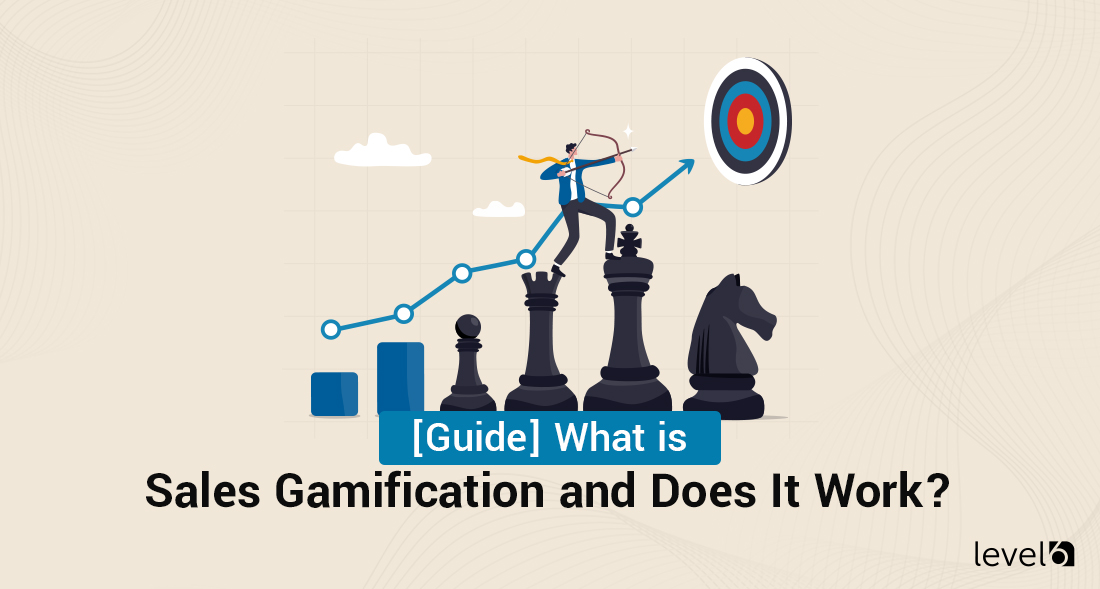
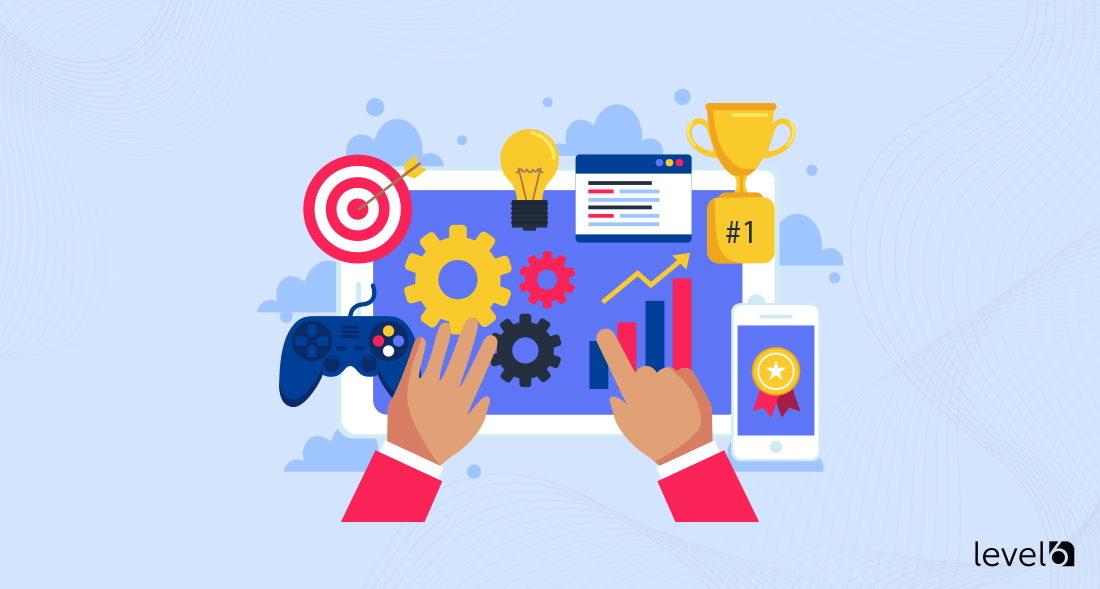
 Demo
Demo
